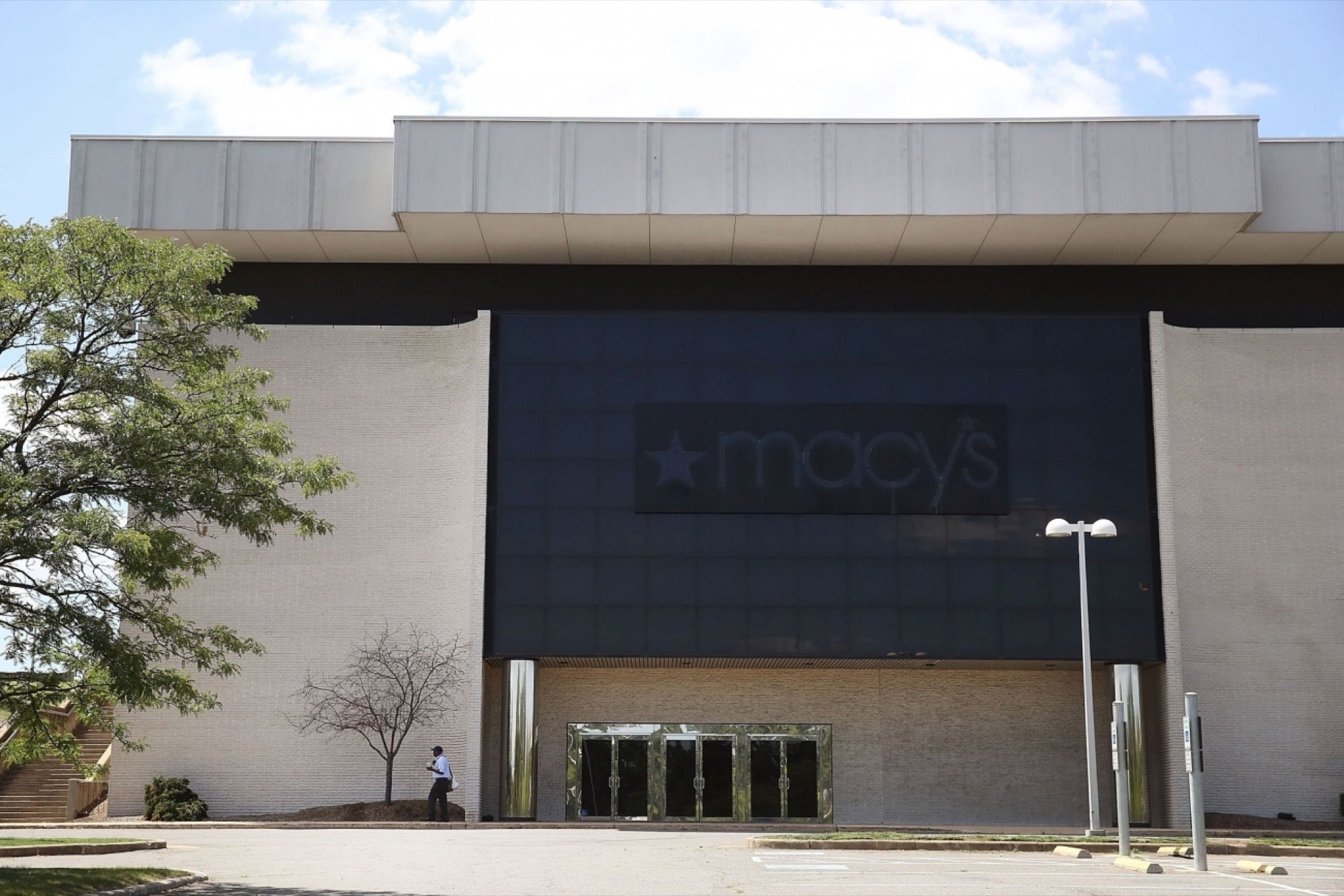Big-box Stores Are Failing. Here's How Small Businesses Can Scoop up Their Sales. Steps for small businesses to not only gain but retain customers from large retailers
By Greg Lisiewski Edited by Dan Bova
Opinions expressed by Entrepreneur contributors are their own.

It seems that every day brings fresh news of a big-box retailer surrendering to the relentless push of ecommerce and announcing the shuttering of more locations. Sears and Kmart were the latest, revealing in June they were closing 20 stores, and Macy's and JCPenney have not been immune to the purges either. A recent report from retail think tank Fung Global Retail & Technology estimates that the widespread closures -- nearly 400 stores between those four chains alone -- will leave approximately $2.5 billion in sales up for grabs, $1.6 billion of which will be in apparel alone.
Related: How Real-World Retailers Can Better Compete With Ecommerce
Typically, large and online retailers like Amazon, Target and Walmart would gobble up large portions of this revenue, while the retailers would be able to win back some of those lost dollars for themselves. But, there is prime opportunity for small business retailers to fill some of that void with strategic marketing and agile technology implementation.
There are three steps small businesses can follow to not only gain but retain customers who no longer have a convenient brick-and-mortar big-box retailer to make their purchases:
The way to consumers' hearts is through their smartphones.
Gone are the days when loyalty programs involved a consumer filling out tedious paperwork while an impatient line of customers snaked through the store, or a consumer needing to remember to bring a punchcard to score a free sub. Now retailers can maintain a robust loyalty program through a smartphone app. Starbucks and Dunkin' Donuts have been early adopters of hosting an app that not only makes it easy to order and pay but also pushes coupons and reward programs. A recent Business Insider report on mobile wallets found that by combining a mobile wallet and a loyalty program, sales are expected to grow at a five-year compound annual growth rate of 68 percent.
Related: These 2 Graphs Explain the Retail 'Apocalypse'
Mobile apps can allow consumers to personalize their rewards (that punchcard has gone virtual), and the convenience -- a characteristic deeply valued by modern consumers -- can enhance their in-store experience and make them more likely to keep coming back. Not only does a well-constructed app help consumers, it can help businesses. Mobile orders reduce in-store wait times on lines and reduce staffing crunches and paper waste from physical receipts. The technology is so widespread and accessible now, small business no longer need to cede these benefits to their competitors with vaster resources.
New customers: If you've got "em, keep "em.
A steady flow of discounts and deal offers is a great way to keep costumers coming back. But, offering a financing plan for expensive purchases is also an invaluable tool for customer retention.
Financing deals can bring in new customers and often be the tipping point to convince them to go ahead with that big-ticket purchase. And according to a MMR Research report, nearly two-thirds of previous users of store financing come back and finance at least one additional purchase of $500 or more and 33 percent do so three to five more times. Traditionally, small businesses were incapable of making such offers because they lacked the time and resources to maintain a financing program. But, new POS financing technology allows retailers with limited means to form partnerships that allow them to introduce these programs.
Evo, an outdoor gear and apparel retailer, unveiled a financing plan through a third-party vendor and witnessed a 150 percent spike in spending as consumers using real-time financing options tended to feel empowered to spend more.
Related: 5 Rules to Staying Ahead in the Ecommerce Race
No place is a bad place to make a sale.
Companies like PayPal and Square have made it possible for retailers and consumers to conduct transactions from virtually anywhere and enabled small retailers to optimize their sites with new tools and offers. Square allows small retailers to simplify the old and often convoluted methods of processing credit card transactions.
Strategic use of these technologies, especially in combination with financing plans, can net tremendous results for small retailers as well. In a study into the impact of retail financing, Forrester Consulting discovered a 15 percent increase in average order value when financing was offered, and an 18 percent overall sales increase when ecommerce websites displayed "six months to pay" banners. A comScore survey of shoppers who used POS financing for online purchases revealed that 30 percent of consumers spent more than originally planned when presented with financing opportunities.
New technologies are allowing small retailers to close the gap on certain structural advantages big-box retailers typically owned. When those smaller retailers can leverage those technologies with the natural advantages of a smaller, more personal approach they can start nibbling at the piece of the pie large-retail closures create.










